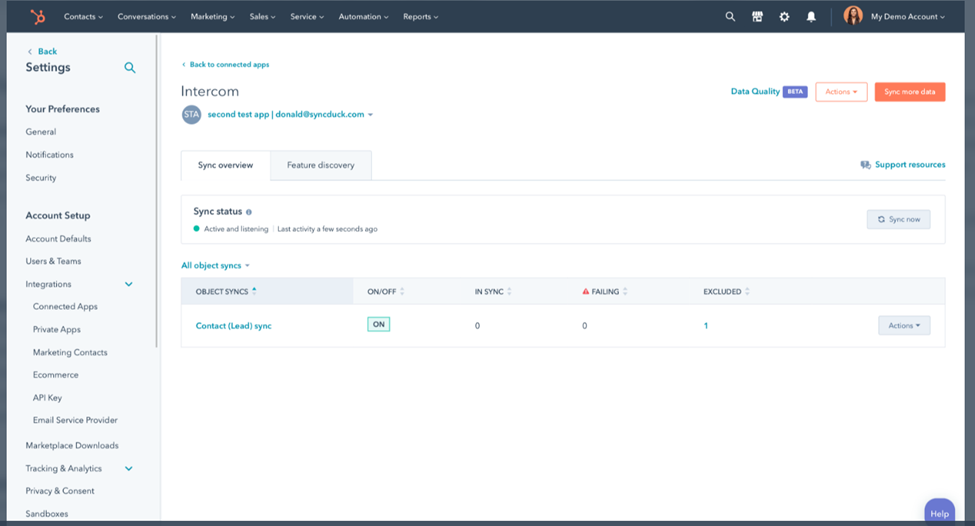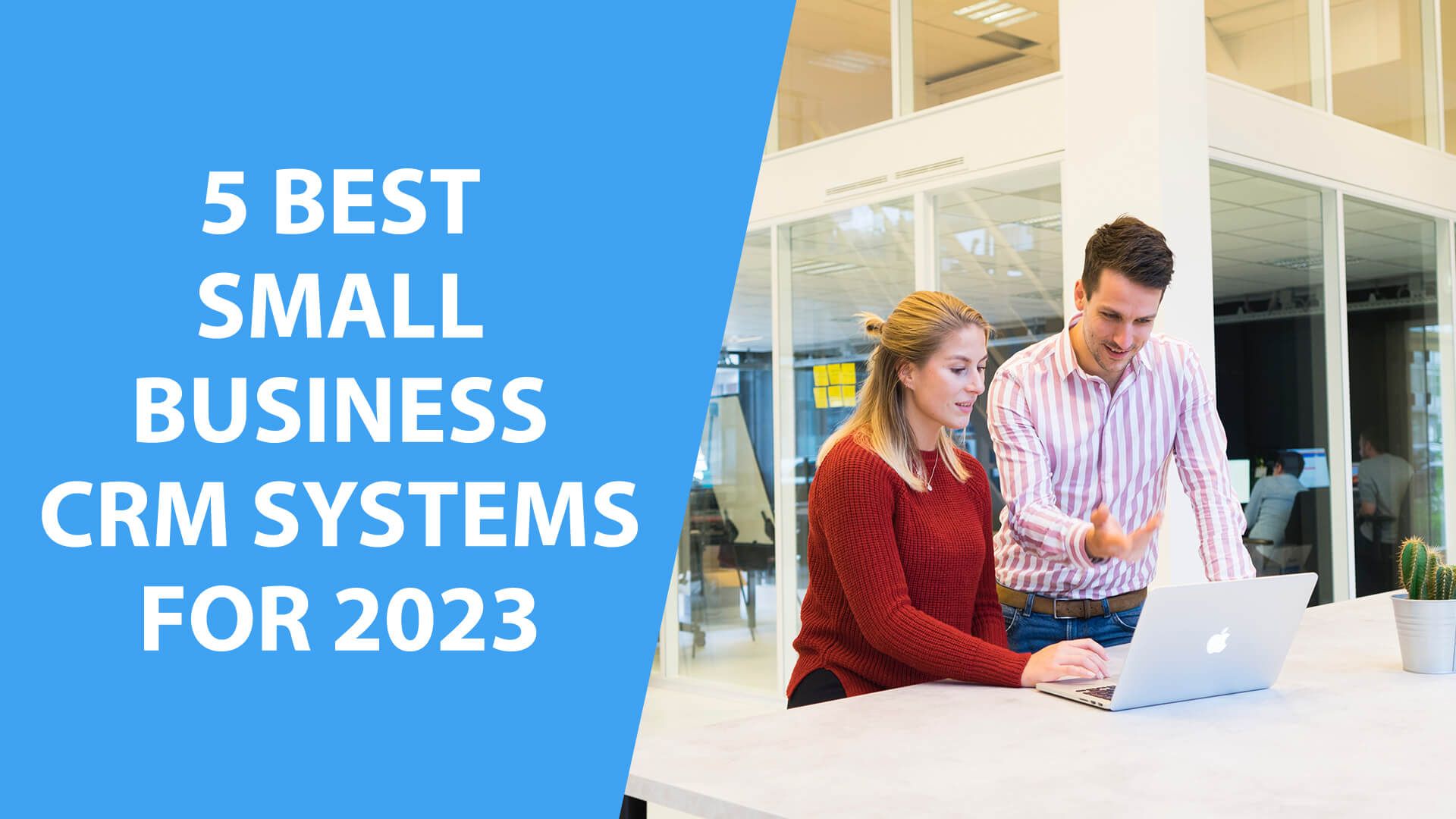Introduction: The Power of Loyalty in the Digital Age
In today’s hyper-competitive market, acquiring new customers is only half the battle. The true key to sustained success lies in fostering loyalty. Loyal customers not only make repeat purchases but also become brand advocates, spreading positive word-of-mouth and contributing significantly to your bottom line. This is where the powerful combination of CRM marketing and loyalty programs comes into play.
This comprehensive guide delves deep into the intricacies of CRM marketing and loyalty programs, providing you with the knowledge and strategies to cultivate unwavering customer loyalty and drive exceptional business growth. We’ll explore the core principles, best practices, and real-world examples to help you build a thriving customer-centric ecosystem.
Understanding the Foundations: CRM and Loyalty Programs Explained
What is CRM Marketing?
CRM, or Customer Relationship Management, is more than just software; it’s a strategic approach to managing all your interactions with current and potential customers. CRM marketing leverages data and technology to understand your customers better, personalize their experiences, and build lasting relationships. At its core, CRM marketing aims to enhance customer satisfaction, increase retention rates, and ultimately, boost profitability.
Key components of CRM marketing include:
- Data Collection and Management: Gathering and organizing customer data from various sources, such as website interactions, purchase history, and customer service interactions.
- Segmentation: Grouping customers based on shared characteristics, behaviors, and preferences.
- Personalization: Tailoring marketing messages and offers to individual customer needs and interests.
- Automation: Automating repetitive tasks, such as email marketing and follow-ups, to improve efficiency.
- Analytics and Reporting: Tracking key metrics, such as customer lifetime value (CLTV) and customer acquisition cost (CAC), to measure the effectiveness of your CRM efforts.
What are Loyalty Programs?
Loyalty programs are designed to reward customers for their continued patronage. They incentivize repeat purchases, encourage brand engagement, and provide valuable data about customer behavior. Loyalty programs come in various forms, from simple points-based systems to tiered programs with exclusive benefits. The primary goal is always the same: to foster a sense of appreciation and encourage customers to choose your brand over the competition.
Common types of loyalty programs include:
- Points-Based Programs: Customers earn points for every purchase, which can be redeemed for discounts, free products, or other rewards.
- Tiered Programs: Customers progress through different tiers based on their spending or engagement, unlocking increasingly valuable benefits as they move up.
- Paid Programs: Customers pay a fee to join a loyalty program, often receiving exclusive perks and benefits.
- Partnership Programs: Collaborations with other businesses to offer rewards and benefits to customers.
The Synergistic Relationship: CRM Marketing and Loyalty Programs Working Together
The true power of CRM marketing lies in its ability to enhance and optimize loyalty programs. By integrating CRM data, you can personalize loyalty experiences, target customers more effectively, and gain deeper insights into their preferences and behaviors. This synergy creates a powerful flywheel effect, driving customer loyalty and business growth.
Here’s how CRM and loyalty programs work in harmony:
- Personalized Rewards: CRM data allows you to tailor rewards to individual customer preferences and past purchases. For example, if a customer frequently buys a specific product, you can offer them exclusive discounts or early access to new releases.
- Targeted Communication: CRM enables you to segment your loyalty program members and send targeted communications based on their behavior. You can send personalized emails to inactive members, reminding them of their rewards and encouraging them to make a purchase.
- Enhanced Customer Experience: CRM helps you create a seamless and personalized customer experience across all touchpoints. This includes providing personalized recommendations, offering proactive customer service, and making it easy for customers to redeem their rewards.
- Data-Driven Insights: CRM provides valuable data on customer behavior, allowing you to analyze the performance of your loyalty program and make data-driven decisions. You can track key metrics, such as redemption rates, customer lifetime value, and churn rates, to optimize your program and improve its effectiveness.
Crafting a Winning Strategy: Implementing CRM Marketing and Loyalty Programs
1. Define Your Goals and Objectives
Before you dive into implementation, it’s crucial to define your goals and objectives. What do you want to achieve with your CRM marketing and loyalty programs? Are you aiming to increase sales, improve customer retention, or enhance brand loyalty? Clearly defined goals will help you align your strategies and measure your success.
Consider these questions:
- What is your target audience?
- What are your key performance indicators (KPIs)?
- What resources do you have available?
- What is your budget?
2. Choose the Right CRM and Loyalty Program Platforms
Selecting the right platforms is critical to the success of your CRM marketing and loyalty programs. Consider your business size, industry, and specific needs when making your decision. Look for platforms that offer the features and functionality you need, such as data management, segmentation, personalization, automation, and reporting. Ensure that the platforms integrate seamlessly with each other and with your existing systems.
Key features to look for in a CRM platform:
- Contact Management
- Sales Automation
- Marketing Automation
- Customer Service Management
- Reporting and Analytics
Key features to look for in a loyalty program platform:
- Points Management
- Tier Management
- Reward Management
- Segmentation and Personalization
- Reporting and Analytics
3. Collect and Manage Customer Data
Data is the lifeblood of CRM marketing and loyalty programs. Collect customer data from various sources, such as your website, point-of-sale (POS) system, social media, and customer service interactions. Ensure that you have a robust data management system in place to store, organize, and protect customer data. Comply with all relevant data privacy regulations, such as GDPR and CCPA.
Best practices for data collection and management:
- Obtain consent: Always obtain customer consent before collecting their data.
- Be transparent: Clearly explain how you will use customer data.
- Keep data accurate: Regularly update and verify customer data.
- Secure data: Implement security measures to protect customer data from unauthorized access.
4. Segment Your Customer Base
Segmentation is the process of dividing your customer base into groups based on shared characteristics, behaviors, and preferences. This allows you to personalize your marketing messages and offers, making them more relevant and effective. Common segmentation criteria include demographics, purchase history, engagement level, and product preferences.
Example segmentation criteria:
- Demographics: Age, gender, location, income.
- Purchase History: Products purchased, frequency of purchases, average order value.
- Engagement Level: Website activity, email open rates, social media engagement.
- Product Preferences: Specific products or categories of products.
5. Personalize Your Marketing Efforts
Personalization is the key to creating a truly engaging customer experience. Use CRM data to tailor your marketing messages, offers, and content to individual customer needs and interests. Personalization can take many forms, from simple email greetings to personalized product recommendations and exclusive offers.
Examples of personalization:
- Personalized email marketing: Send emails with personalized subject lines, content, and offers based on customer behavior.
- Product recommendations: Recommend products based on customer purchase history, browsing history, and preferences.
- Personalized website content: Display personalized content on your website based on customer segmentation.
- Targeted advertising: Target specific customer segments with personalized ads on social media and other platforms.
6. Automate Your Processes
Automation can significantly improve the efficiency of your CRM marketing and loyalty programs. Automate repetitive tasks, such as email marketing, follow-ups, and reward redemption, to save time and resources. Automation also allows you to deliver more timely and relevant communications to your customers.
Examples of automation:
- Welcome emails: Automatically send a welcome email to new customers.
- Abandoned cart emails: Send an email to customers who have abandoned their shopping carts.
- Birthday emails: Send a birthday email with a special offer.
- Loyalty program enrollment: Automatically enroll new customers in your loyalty program.
7. Design a Compelling Loyalty Program
Your loyalty program should be designed to be attractive, easy to understand, and rewarding for your customers. Choose a program structure that aligns with your business goals and customer preferences. Consider offering a variety of rewards, such as discounts, free products, exclusive access, and personalized experiences. Make it easy for customers to earn and redeem rewards.
Key elements of a successful loyalty program:
- Clear value proposition: Clearly communicate the benefits of joining your loyalty program.
- Easy enrollment: Make it easy for customers to sign up for your program.
- Multiple ways to earn rewards: Offer various ways for customers to earn points or rewards.
- Attractive rewards: Offer rewards that are valuable and relevant to your customers.
- Easy redemption: Make it easy for customers to redeem their rewards.
- Personalized experiences: Tailor the program to individual customer preferences.
8. Measure and Optimize Your Results
Continuously measure and analyze the performance of your CRM marketing and loyalty programs. Track key metrics, such as customer acquisition cost (CAC), customer lifetime value (CLTV), retention rates, and redemption rates. Use the data to identify areas for improvement and optimize your programs. Regularly test different strategies and tactics to see what works best for your business.
Key metrics to track:
- Customer acquisition cost (CAC): The cost of acquiring a new customer.
- Customer lifetime value (CLTV): The predicted revenue a customer will generate over their lifetime.
- Customer retention rate: The percentage of customers who remain loyal over a specific period.
- Redemption rate: The percentage of rewards that are redeemed.
- Conversion rate: The percentage of customers who complete a desired action, such as making a purchase.
Real-World Success Stories: CRM Marketing and Loyalty Programs in Action
Starbucks Rewards
Starbucks’ loyalty program is a prime example of a highly successful CRM marketing strategy. The program, integrated with the Starbucks mobile app, allows customers to earn stars for every purchase, which can be redeemed for free drinks, food, and other rewards. The app also provides personalized recommendations, exclusive offers, and a seamless ordering experience. This comprehensive approach has helped Starbucks build a massive and loyal customer base.
Key features of Starbucks Rewards:
- Points-based system: Customers earn stars for every purchase.
- Tiered rewards: Customers unlock increasingly valuable benefits as they earn more stars.
- Personalized offers: Starbucks sends personalized offers and promotions based on customer behavior.
- Mobile app integration: The mobile app provides a seamless ordering and payment experience.
Sephora Beauty Insider
Sephora’s Beauty Insider program is a tiered loyalty program that rewards customers with exclusive benefits based on their spending. Customers earn points for every purchase, which can be redeemed for samples, full-size products, and exclusive experiences. The program also offers personalized recommendations, beauty tips, and early access to new products. Sephora’s program has been instrumental in driving customer engagement and sales.
Key features of Sephora Beauty Insider:
- Tiered rewards: Customers progress through different tiers based on their spending.
- Points-based system: Customers earn points for every purchase.
- Personalized recommendations: Sephora provides personalized product recommendations based on customer preferences.
- Exclusive experiences: Sephora offers exclusive experiences, such as beauty classes and early access to new products.
Amazon Prime
Amazon Prime is a paid loyalty program that offers a wide range of benefits, including free shipping, streaming services, and exclusive deals. The program has been incredibly successful in driving customer loyalty and retention. Amazon leverages CRM data to personalize the Prime experience, offering tailored recommendations and promotions based on customer purchase history and browsing behavior.
Key features of Amazon Prime:
- Paid membership: Customers pay an annual fee to join the program.
- Free shipping: Prime members receive free shipping on millions of items.
- Streaming services: Prime members have access to Amazon Prime Video and other streaming services.
- Exclusive deals: Prime members receive exclusive deals and discounts.
Common Challenges and How to Overcome Them
Data Privacy Concerns
One of the biggest challenges in CRM marketing is ensuring data privacy. Customers are increasingly concerned about how their data is collected and used. To overcome these concerns, it’s essential to be transparent about your data practices, obtain customer consent before collecting data, and comply with all relevant data privacy regulations.
Solutions:
- Implement a clear and concise privacy policy.
- Obtain explicit consent for data collection.
- Anonymize or pseudonymize data where possible.
- Provide customers with control over their data.
- Comply with data privacy regulations (GDPR, CCPA, etc.).
Data Silos
Data silos, where customer data is stored in separate systems and not shared, can hinder your ability to personalize customer experiences and gain a complete view of your customers. To overcome data silos, integrate your CRM and loyalty program platforms with other systems, such as your e-commerce platform, POS system, and social media channels. This will ensure that all customer data is centralized and accessible.
Solutions:
- Integrate your CRM with other systems.
- Use a data warehouse to centralize data.
- Implement a single customer view.
- Establish clear data governance policies.
Lack of Personalization
Failing to personalize your marketing efforts can lead to irrelevant communications and a poor customer experience. To overcome this challenge, leverage CRM data to segment your customer base and tailor your marketing messages, offers, and content to individual customer needs and interests. Regularly test different personalization strategies to see what resonates best with your customers.
Solutions:
- Segment your customer base.
- Use CRM data to personalize your marketing.
- Test different personalization strategies.
- Monitor and optimize your personalization efforts.
Low Customer Engagement
Low customer engagement can undermine the effectiveness of your loyalty program. To overcome this challenge, design a loyalty program that is attractive, easy to understand, and rewarding for your customers. Offer a variety of rewards, such as discounts, free products, exclusive access, and personalized experiences. Regularly communicate with your loyalty program members and encourage them to engage with your brand.
Solutions:
- Design an attractive loyalty program.
- Offer a variety of rewards.
- Communicate regularly with members.
- Encourage engagement through gamification and other techniques.
The Future of CRM Marketing and Loyalty Programs
The landscape of CRM marketing and loyalty programs is constantly evolving. New technologies and trends are emerging that are shaping the future of customer engagement. Staying ahead of these trends is crucial for businesses that want to remain competitive and build lasting customer relationships.
Key trends to watch:
- Artificial Intelligence (AI): AI is being used to personalize customer experiences, automate marketing tasks, and gain deeper insights into customer behavior.
- Machine Learning (ML): ML algorithms are being used to predict customer behavior, personalize product recommendations, and optimize marketing campaigns.
- Hyper-Personalization: Hyper-personalization involves tailoring marketing messages and offers to individual customer needs and preferences in real-time.
- Omnichannel Experiences: Customers are increasingly interacting with businesses across multiple channels. Businesses need to provide seamless and consistent experiences across all channels.
- Gamification: Gamification is being used to increase customer engagement and make loyalty programs more fun and rewarding.
- Blockchain: Blockchain technology is being used to create more secure and transparent loyalty programs.
Conclusion: Building a Customer-Centric Future
CRM marketing and loyalty programs are powerful tools for building lasting customer relationships and driving business growth. By implementing the strategies and best practices outlined in this guide, you can create a customer-centric ecosystem that fosters loyalty, increases sales, and enhances your brand reputation. Remember that success requires a commitment to data-driven decision-making, continuous improvement, and a genuine desire to understand and meet the needs of your customers. Embrace the future of CRM marketing and loyalty programs, and you’ll be well-positioned to thrive in the ever-evolving marketplace.
The journey to customer loyalty is an ongoing process. By consistently adapting and refining your strategies, you can build a thriving business that puts the customer at the heart of everything you do.


